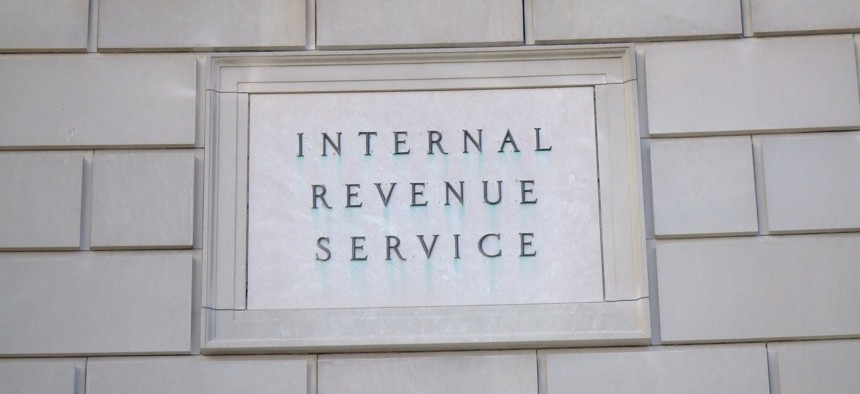
Flickr user saturnism
Last week, we started looking at tax implications in the retirement planning process, which are complicated this year by recent changes in tax law. This week, let’s continue exploring tax issues, with some specific considerations for federal employees—and a few tips.
First, on withholding. When a federal employee files a retirement application under the Civil Service Retirement System or Federal Employees Retirement System, they can give the Office of Personnel Management a Form W-4P, indicating whether or not to have tax withheld. The amount of withholding depends on your marital status, the number of withholding allowances, and any additional amount you designate to be withheld. If you don't make any of these choices, OPM will withhold as if you were married with three withholding allowances.
OPM also will accept the W-4 that is already on file with your employing agency if you attach a copy with your retirement application. OPM will withhold federal income tax from your interim retirement payments while your retirement application is being processed—and you might receive several interim checks during the processing of your retirement. If you choose not to have tax withheld, then you can make estimated tax payments directly to the IRS. You may set up state tax withholding, if necessary, using OPM’s Retirement Services Online for annuitants. OPM does not withhold state tax from interim retirement payments.
To help you calculate your withholding allowances, each year, the new tax tables are published in IRS Publication 15 and Notice 1036.
CSRS and FERS retirement benefits, Social Security benefits and Thrift Savings Plan and other investment income are not subject to FICA and Medicare taxes. These taxes are only paid on salaries, wages and self-employment income.
Retired public safety officers receive a $3,000 gross income exclusion to help cover the cost of health insurance for retirees. This includes federal law enforcement officers. This rule has been on the books since 2006, but there are still many retirees who are not aware of it. Public safety officers also get an exception to the tax on early distributions from the TSP. The exception applies to tax years beginning after Dec. 31, 2015. These provisions are covered in IRS Publication 721, which also includes information about figuring the tax-free portion of your CSRS or FERS retirement benefit, voluntary contributions and retirement contributions.
TSP Resources
The TSP website offers a host of tax-related information, including:
- Important Tax Information About Payments From Your TSP Account
- Tax Information for TSP Participants Receiving Monthly Payments
- Questions and Answers about Changes to TSP Withdrawal Options
- Important Tax Information About Your TSP Withdrawal and Required Minimum Distributions
Social Security Resources
If you need a copy of your personal Social Security statement online you can create a My Social Security account, which provides secure access to your earnings records. It also shows estimates for retirement, disability and survivors benefits you and your family members may be eligible for.
Some people who get Social Security must pay federal income taxes on their benefits. But no one pays taxes on more than 85 percent of their Social Security benefits.
You must pay taxes on your benefits if you file a federal tax return as an individual and your combined income exceeds $25,000. If you file a joint return, you must pay taxes if you and your spouse have combined income of more than $32,000. If you are married and file a separate return, you probably will have to pay taxes on your benefits.
Most states don’t tax Social Security retirement benefits, but some do. Check the National Active and Retired Federal Employees’ April State Tax Roundup for a summary.
Updating Your Address
Retirees who are putting together their tax documents should be receiving their 1099-R forms from OPM shortly, if they haven’t already. Remember to be sure your address is up to date with OPM, the TSP and Social Security. Here’s how to do it:
- OPM: You can use Retirement Services Online. You’ll need your claim number and personal identification number to access the self-service website.
- TSP: Separated participants can change their mailing address information online.
- Social Security Administration: Procedures are laid out in this frequently asked questions section.
Photo: Flickr user saturnism







